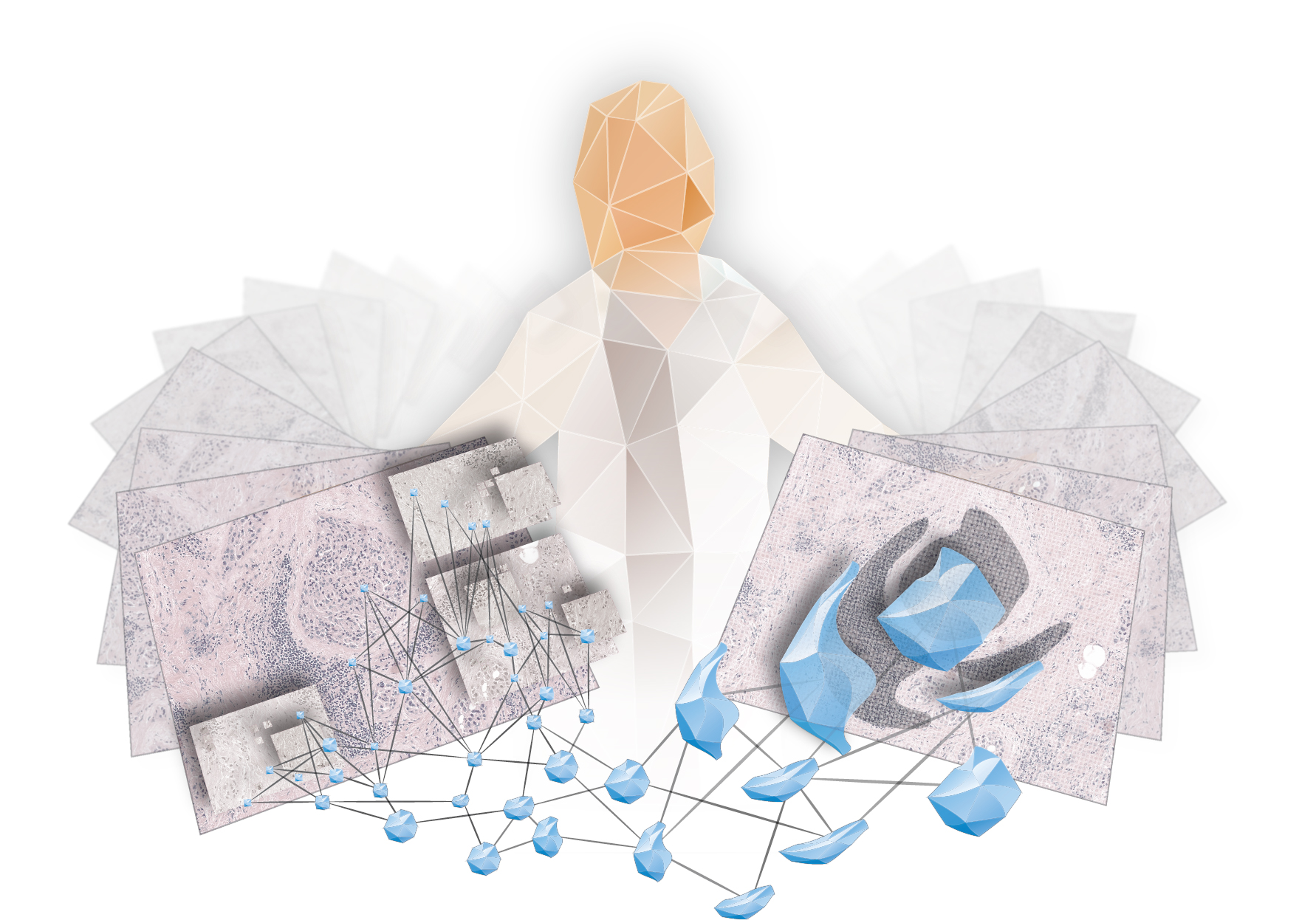Press Release

Together with Dutch researchers, Fraunhofer MEVIS is starting a project in which computer recognizes suspicious abnormalities in medical image data.
MRI, CT, pathology: doctors have to consider medical image data –increasing in both amount and complexity – to perform diagnoses and monitor therapy. The Fraunhofer Institute for Medical Image Computing MEVIS in Bremen is creating a new approach to provide effective assistance. In the recently started AMI project (Automation in Medical Imaging), self-learning computer algorithms will automatically trawl large volumes of data and search for abnormalities to improve the accuracy of computer-generated diagnoses. MEVIS has partnered with the Radboud University in Nijmegen, the Netherlands, which hosts one of the world’s leading research groups for automated image evaluation.“These deep learning algorithms especially show their strengths when enormous amounts of data have to be processed,” says MEVIS researcher Markus Harz. Such volumes of data accumulate when high-risk patients are screened repeatedly over long time periods. For analysis, doctors must recognize fine differences between newer and older images to detect early-stage tumors.
“These differences in the images often express themselves as slightly varying gray-scale values,” explains Harz. “Computers can perfectly detect such changes in shape, gray-scale value, or texture. A computer can even sift out the crucial changes itself.” It can disregard all cases that show no difference between older and newer images. Doctors would only have to consider cases in which potentially suspicious changes can be seen.
Experts from all over the world are developing promising computer algorithms for automated image recognition and diagnosis. However, many projects run the risk of ending in early research stages. Acquiring approval from respective authorities often presents difficulties. “Researchers have to prove that new methods are reliable and that their diagnostic statements can be scientifically verified,” explains Harz. “With the AMI project, we want to close some gaps on the way to approval and develop computer algorithms that are far easier to certify.”
To prove the capabilities of these self-learning programs, researchers want to compare them to real medical data continuously. This data originates in the clinic in Nijmegen and will soon come from clinics all over the world. Doctors mark important diagnostic details in the data with machine-readable annotations. With the help of these annotations, software developers can check the reliability and precision of their programs when analyzing medical image data. The researchers can integrate those programs in the clinical workflow and discover to which extent the automatization is helpful. “With this close cooperation between physicians and developers, we want to develop reliable, powerful programs that will gain acceptance among doctors,” says Harz. “The more computers learn to decide independently, the more important it is to develop efficient interfaces with people.”
The AMI team aims to develop the new approach based on three concrete examples:
- Follow-up of cancer patients: People with increased risk of lung cancer are regularly examined with a yearly lung CT scan. Both partners have already developed automated algorithms to detect possible lung cancers, compare the images from different years, and search for suspicious changes in tissue. The AMI project aims at refining and adapting this software to measure and quantify tumors and monitor treatment response in cancer patients for lung cancer and other types of tumors.
- Ophthalmology: Effective treatment for the most common retinal diseases (AMD, DR) highly depends on a careful monitoring of retinal changes and an objective decision for retreatment. To achieve this, patients are regularly examined with different imaging modalities, such as OCT or color fundus images, which generates enormous amounts of data and increases the clinical workload. With the help of the latest pattern recognition methods, a computer could automatically analyze the generated images and precisely measure changes. The goal is to create the first multimodal ophthalmology computer workstation.
- Digital pathology: The microscopic analysis of tissue sections of regional lymph nodes in cancer patients helps decide upon the most suitable treatment plan. Tissue sections containing metastases (sometimes as small as 0.2mm in diameter) indicate a significantly less favorable prognosis. A computer could analyze the digitized high-resolution tissue sections and find even the tiniest micrometastases.
“In all three application fields, we want the computer to be technically able to make diagnostic decisions by itself,” explains Markus Harz. “However, doctors will always receive a report enabling them to retrace the decision-making process in detail and make corrections if necessary.” As for the goals of AMI: The researchers want to create a process that facilitates the development of self-learning programs. The software components developed in the project should be easy to incorporate into common medical technology software systems.
AMI stands for “Automation in Medical Imaging”. The project, planned for three years, commenced in October 2015 with a project volume of two million euro. AMI is an undertaking of the ICON initiative, in which the Fraunhofer-Gesellschaft promotes close collaboration between its institutes and foreign research facilities. Project partners of Fraunhofer MEVIS in AMI are the Diagnostic Image Analysis Group of Prof. Dr. Bram van Ginneken and participating clinical workgroups at the Radboud University Medical Center in Nijmegen, the Netherlands.
 Fraunhofer Institute for Digital Medicine MEVIS
Fraunhofer Institute for Digital Medicine MEVIS